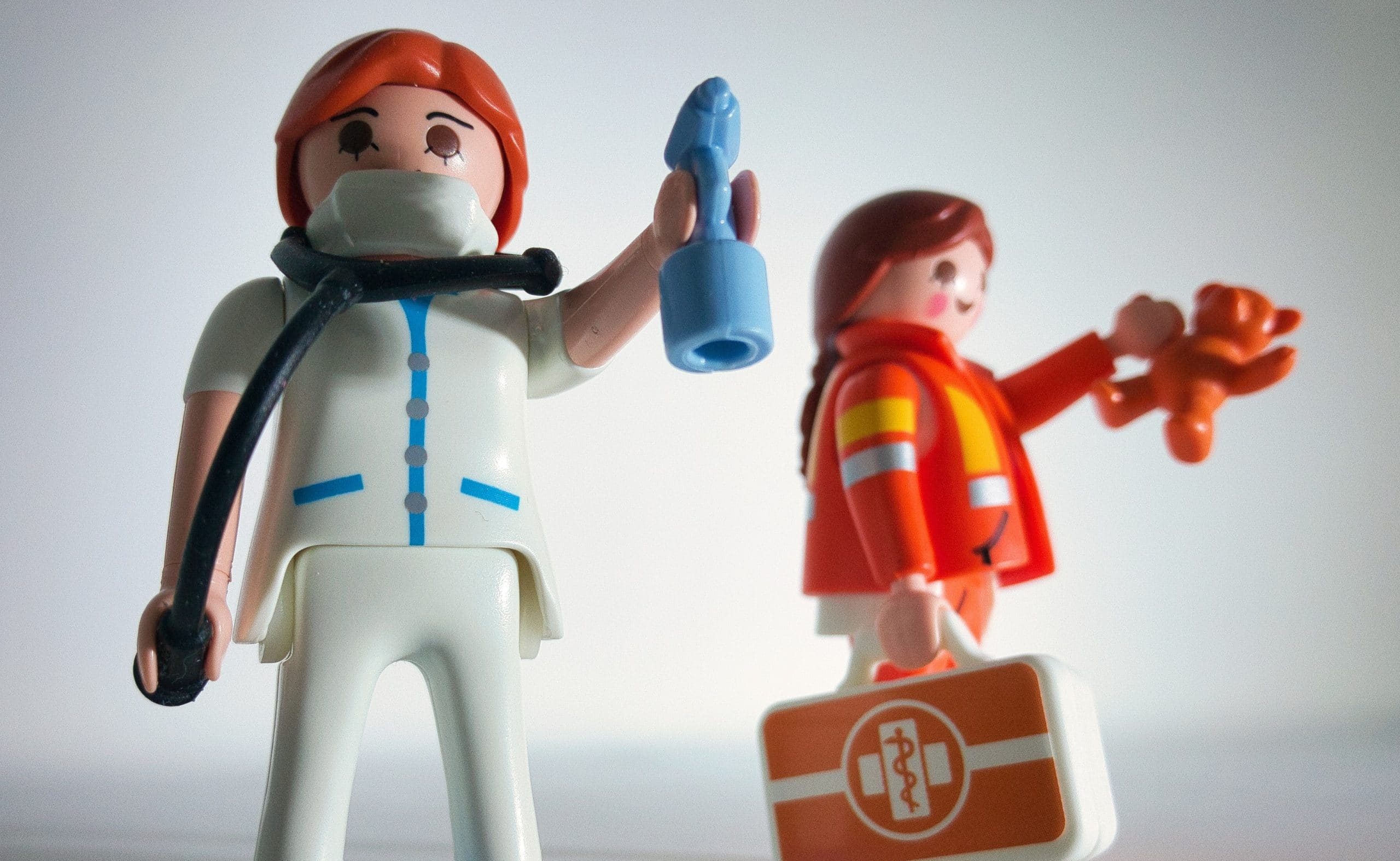Ruth Abrams is an organisational psychologist researching workforce experiences of organisation, workflow, and service delivery within primary care in the Faculty of Health and Medical Sciences, University of Surrey.
Georgette Eaton is a National Institute for Health Research (NIHR) Doctoral Research Fellow, Nuffield Department of Primary Care Health Sciences, University of Oxford.
Since the publication of the GP Forward View in 2015, the expansion of the primary care workforce has been a key focus for the NHS. Under the Additional Roles Reimbursement scheme, 26 000 roles are being funded to create bespoke multidisciplinary teams.1
An expanded primary care workforce can now include: clinical pharmacists; pharmacy technicians; first contact physios; physician associates; dietitians; podiatrists; occupational therapists; community paramedics; nursing associates and trainee nursing associates; social prescribing link workers; care co-ordinators; and health and wellbeing coaches. These are the new ‘generalists’ who are posited to contribute to the primary care workforce by virtue of their own discipline, offering their professional specialism in an effort to broaden patient access to primary care.
The bulk of [primary care workforce] supervision falls to GPs. Yet, GPs are already grappling with unsustainable workloads …
This expanded workforce is now entering primary care off the back of a pandemic that has stretched the NHS workforce in unprecedented ways. These essential roles are required to be responsive to the existing workforce and patient needs, offering both flexibility and adaptiveness. As we emerge from the acute phase of the pandemic, it is likely that these ‘boundary spanners’2 will be positioned as both a cost-effective and capable addition to the workforce.
This flexible and adaptive response may, however, compromise the safe and sustainable implementation of these new roles. In a recent systematic review exploring the role of paramedics in primary care, evidence indicated that there was no standardisation when employing paramedics, with a significant lack of role clarity and discrepancies between job titles.3
Yet employer guidelines such as those written by the College of Paramedics4 and the British Medical Association,5 intended to support general practice in expanding their workforce, emphasise the need for role clarity and appropriate allocation of work. These guides also stress the need for new roles to be carefully supervised.
The bulk of such supervision falls to GPs. Yet, GPs are already grappling with unsustainable workloads, with over 14 000 planning to leave practice in the next 5 years.6
… there is a risk that these new roles will only exasperate those for whom they were set to rescue.
Before the pandemic, the lack of detail regarding workforce planning in the People Plan was concerning.7 In light of the Royal College for General Practitioners calling for a rescue package for UK general practice, a number of tensions for new workforce implementation present themselves, demonstrating a clear gap regarding how these new roles will be implemented, without increasing GP workload. It is unclear if the pre-pandemic plans for expanding the workforce through these boundary-spanning roles will be sustainable post-pandemic.
Those entering primary care as part of the workforce expansion are faced with negotiating the paradox of establishing role clarity and role boundaries while also being flexible and adaptable. For those working in existing roles such as GPs, junior doctors, and advanced nurse practitioners, navigating the relational elements of responsibility, professional identity, hierarchy, and risk with new team members is likely to have a significant bearing on how the everyday social practices of workflow, allocation, task sharing, and delegation are established, negotiated, and enacted safely and sustainably.
Sustainable implementation will require exploration into the social context of primary care in order to understand the ‘everyday’ negotiations, and what it means now to be a ‘general practitioner’ and work within a primary care multidisciplinary team. Until this is understood, there is a risk that these new roles will only exasperate those for whom they were set to rescue.
Acknowledgements
The authors would like to thank Kamal R Mahtani for his comments on an earlier draft.
Competing interests
The views expressed in this commentary represent the views of the authors and not necessarily those of the host institution, the NHS, the NIHR, or the Department of Health and Social Care. The views are not a substitute for professional medical advice. The authors have declared no competing interests.
References
1. NHS England. Expanding our workforce. https://www.england.nhs.uk/gp/expanding-our-workforce (accessed 13 Oct 2021).
2. Drennan VM, Gabe J, Halter M, et al. Physician associates in primary health care in England: a challenge to professional boundaries? Soc Sci Med 2017; DOI: https://doi.org/10.1016/j.socscimed.2017.03.045.
3. Eaton G, Wong G, Williams V, et al. Contribution of paramedics in primary and urgent care: a systematic review. Br J Gen Pract 2020; DOI: https://doi.org/10.3399/bjgp20X709877.
4. College of Paramedics. Employers’ guide: paramedics in primary and urgent care. 2020. https://www.collegeofparamedics.co.uk/COP/Professional_development/Primary_and_urgent_care/COP/ProfessionalDevelopment/Primary_and_urgent_care.aspx (accessed 13 Oct 2021).
5. British Medical Association. Employing physician associates in GP practices. 2020. https://www.bma.org.uk/advice-and-support/gp-practices/employment-advice/employing-physician-associates-in-gp-practices (accessed 13 Oct 2021).
6. Mahase E. General practice needs rescue package to prevent burnout and preserve care, warns RCGP. BMJ 2021; DOI: https://doi.org/10.1136/bmj.n1913.
7. NHS England. Interim NHS People Plan. 2019. https://www.longtermplan.nhs.uk/wp-content/uploads/2019/05/Interim-NHS-People-Plan_June2019.pdf (accessed 13 Oct 2021).
Featured photo by Daniele D’Andreti on Unsplash.








